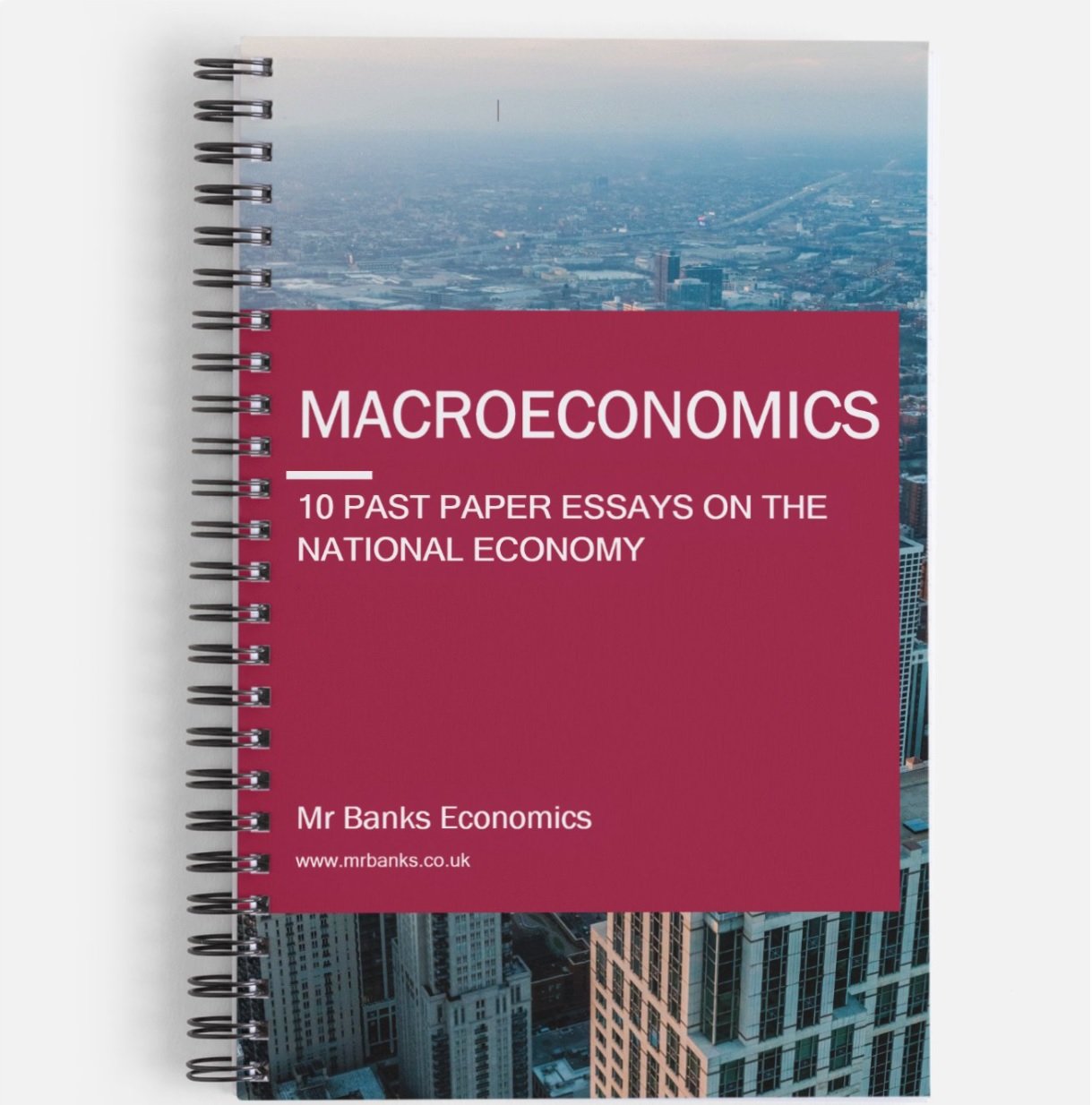Imperfect Information
A-level Economics
what information gaps exist. why they cause markets to fail.
Definition: Where economic agents have insufficient knowledge to make rational economic decisions.
Why are information gaps a problem?
Information gaps can lead to market failures. For example, if a seller has more information that a consumer about a product, it can lead to the consumer making an incorrect decision about how much they should consume.
Example: The Market for Used Cars
A consumer walks into a used car showroom. They see a car they want to buy but they do not know anything about how cars work and what faults to look for. However, the seller knows that the car has a slight fault which could lead to bigger problems down the line. As the consumer does not have perfect information, the seller can exploit the consumer and charge them a higher price than what is acceptable. The consumer is happy to pay for the car, because in his/her mind the car is in good condition and is worth the money they have paid for it.
The example above is the example of asymmetric information. Asymmetric information occurs when the information about a good/service is not equal on both sides of the transaction. So in this case, the seller knew more about the car than the buyer did. Therefore, the seller chose to hide this extra knowledge to keep the price of the car high. The market failed in allocating the right quantity and maximising welfare for society.
If information was symmetric, then the buyer and seller would have the exact same information, and the market would have been efficient in allocating the right price and right quantity. The price surely should have been lower because the consumer would have known that there is a fault with the car and hence asked for a lower price. The consumer may even have walked away.
With symmetric information, the demand curve would have been further to the left than in the case with asymmetric information.
Symmetric information vs Asymmetric information: Market Analysis
In the diagram above, notice that with symmetric information, there is no chance of the buyer being 'scammed.' The buyer knows exactly what they are buying, and hence their demand is lower for the car than it should be. With asymmetric information, the buyer doesn't know all of the faults of the car, and so demand at a level than is higher than what is efficient.
Example: The Market for Car Insurance Policies
Another example is the case of car insurance policies. In this market, the roles of the consumer and producer are reversed in terms of the information they hold. This time, the consumer has access to more information than the seller of the policy. Why? Because the consumer knows how they drive and how many miles they do. The insurance provider is second-guessing the consumer and trying to work out what type of driver they are by their responses to the insurance application.
So what is most likely to happen in this market?
What is most likely to happen is the consumer will try to conceal information to the insurance provider about what type of driver they are, if they are risky drivers especially. They will not mention any previous small collisions they have had with other drivers, and they will not tell the insurance company that they like to drive well-above the speed limit. They pretend that they are the model driver, who drives to the shops and back a couple of times a week at 20mph. The reason for this is because the consumer’s interest is to try and secure a lower insurance premium by deceiving the insurance provider.
This causes the market to fail because it will result in more and more claims which the insurance company did not expect. It will result in higher quantities of risky drivers on the road which could endanger other people. All of this lying results in welfare decreasing for society.
What have we learned?
Definition of imperfect information
Symmetric vs Asymmetric information
2 real-world examples
IF YOU WANT GOOD GRADES FAST, BUY THESE BOOKS!
MACROECONOMICS MODEL ANSWER BOOK
10 Past Papers with Model Answers on the National Economy
Written by an experienced Economics tutor
Full model answers with diagrams
Suitable for all UK Economics exam boards
Physical booklet
£20.00
MICROECONOMICS MODEL ANSWER BOOK
10 Past Papers with Model Answers on Market Failure
Written by an experienced Economics tutor
Full model answers with diagrams
Suitable for all UK Economics exam boards
Physical booklet
£20.00


